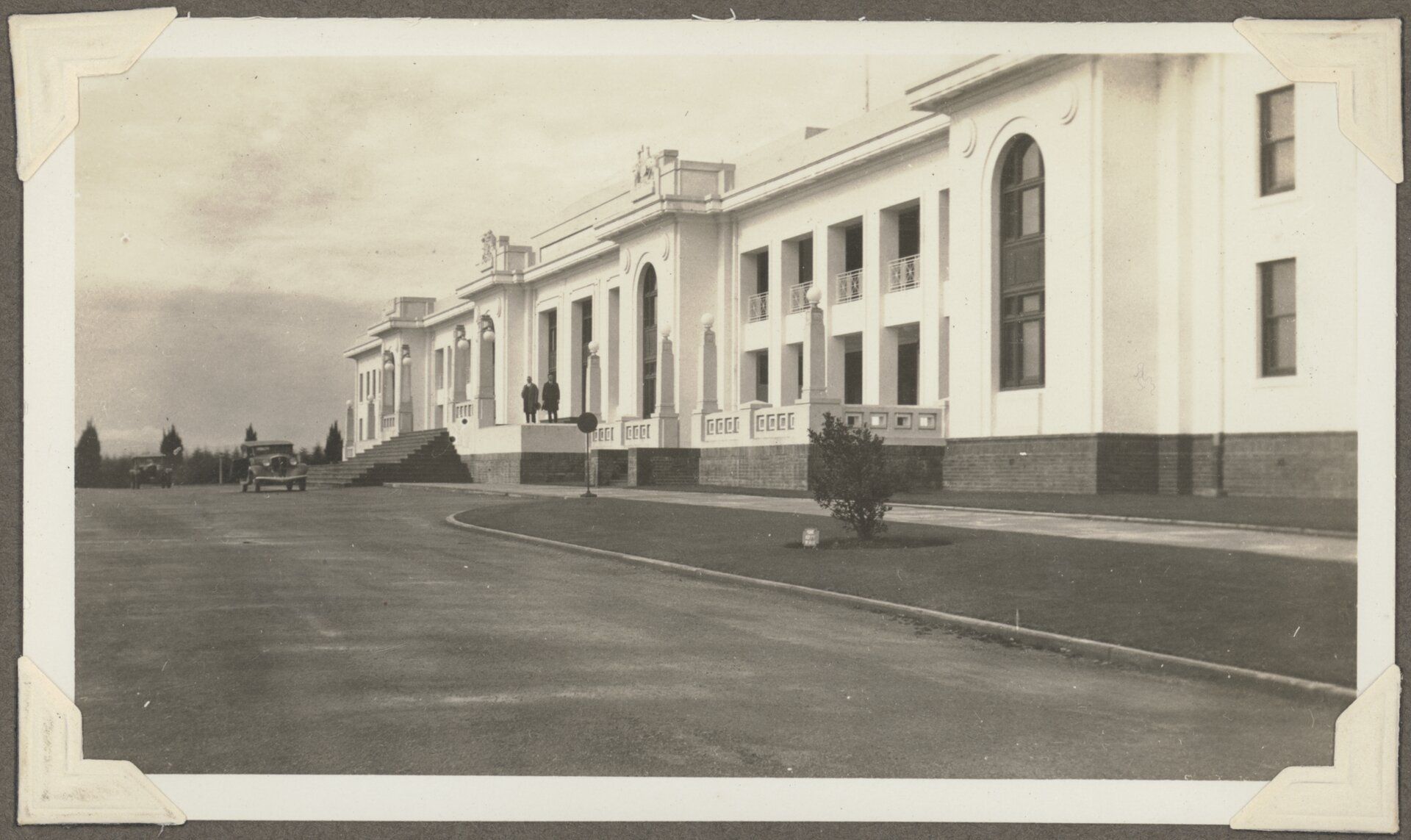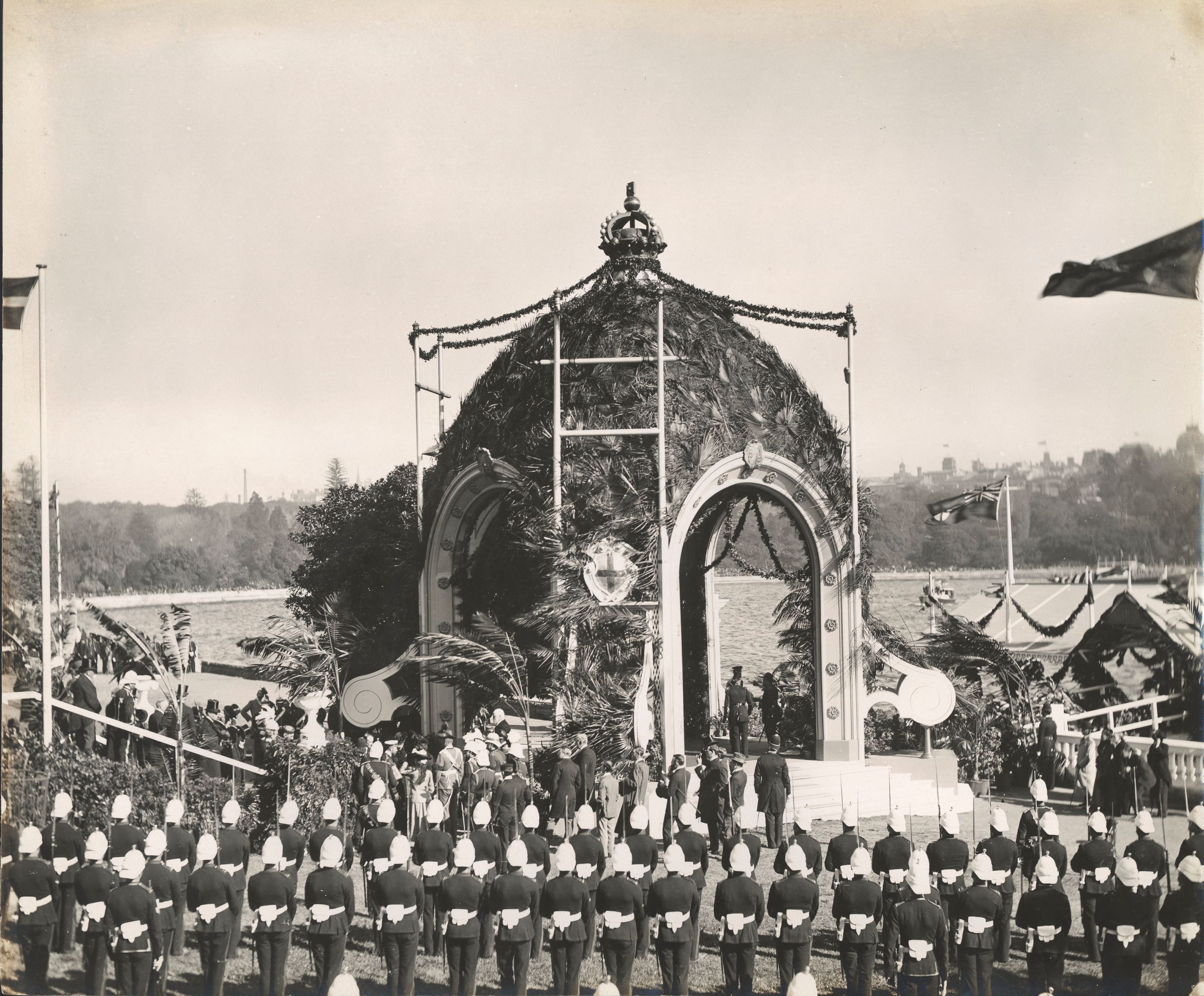18 October 1909 - NSW surrendered land for ACT
On 18 October 1909, New South Wales agreed to surrender approximately 2400 square kilometres of the state to the Commonwealth for the creation of the Australian Capital Territory. The agreement was signed by Prime Minister Alfred Deakin and NSW Premier Charles Wade.
The site of the federal capital was of such importance in New South Wales that it is considered to be a contributing factor to the colony voting 'Yes' to federation in the 1899 referendum. New South Wales had been promised in 1898 that the federal capital would be within its boundaries but not within 100 miles of Sydney.
The Commonwealth Parliament was to select the site and would meet in Melbourne until a capital was provided. New South Wales set up a Royal Commission in 1899 to find a suitable site and the Commonwealth did the same in 1903. Despite many suggestions and lobbying for various sites from local federal capital leagues, politicians and the press, a site could not be agreed on and all choices were hotly debated until the Yass–Canberra district. on Ngunnawal country, was finally selected.
Walter Burley Griffin won an international competition in 1912 to design the capital but the official name of the capital was not known until the name of Canberra was announced by Lady Denman in 1913.
It was not until 9 May 1927 that the Commonwealth Parliament was formally opened in Canberra.
Source: Museum of Australian Democracy. Documenting a Democracy: Seat of Government Surrender Act 1909 (NSW)
Published on
Related

Canberra – the federal capital contest
This record series from the State Archives Collection sheds light on the proud efforts a number of towns, villages and other areas took to present their submissions to become the capital of the new Commonwealth

Federation timeline
Significant events in the 50 year process to federate the six Australian colonies into the Commonwealth of Australia, 1846-2001